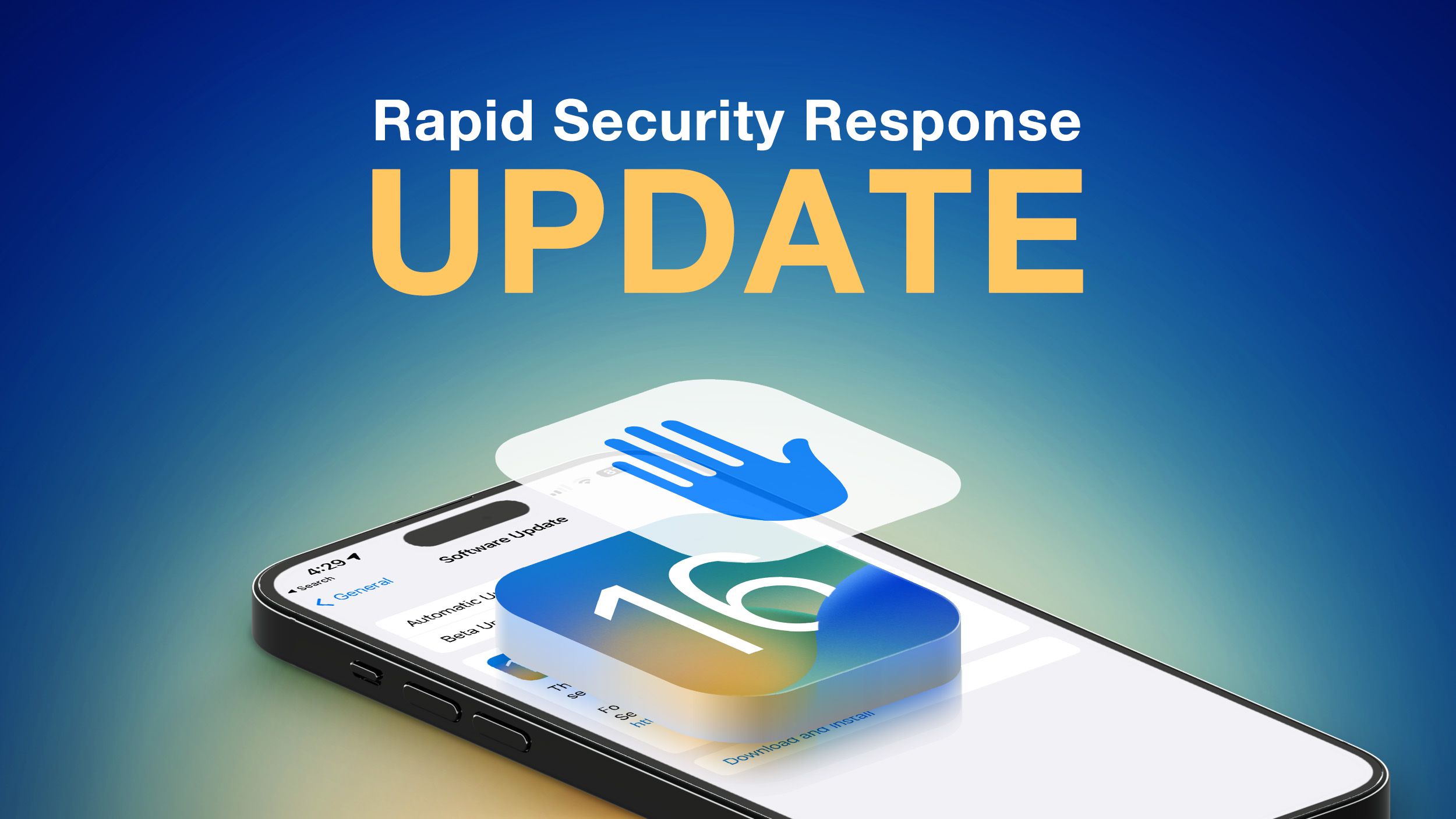… Personally, anyway, I’d wait for the future Ventura AMFI (and hopefully also LV) fix: well, this might take quite some time, of course…
(BTW, as for macOS 14, Sonoma wouldn’t be a bad name, among the still many candidates:

… but here, just an old mockup for Ventura.)
(BTW, as for macOS 14, Sonoma wouldn’t be a bad name, among the still many candidates:
… but here, just an old mockup for Ventura.)
Last edited:




